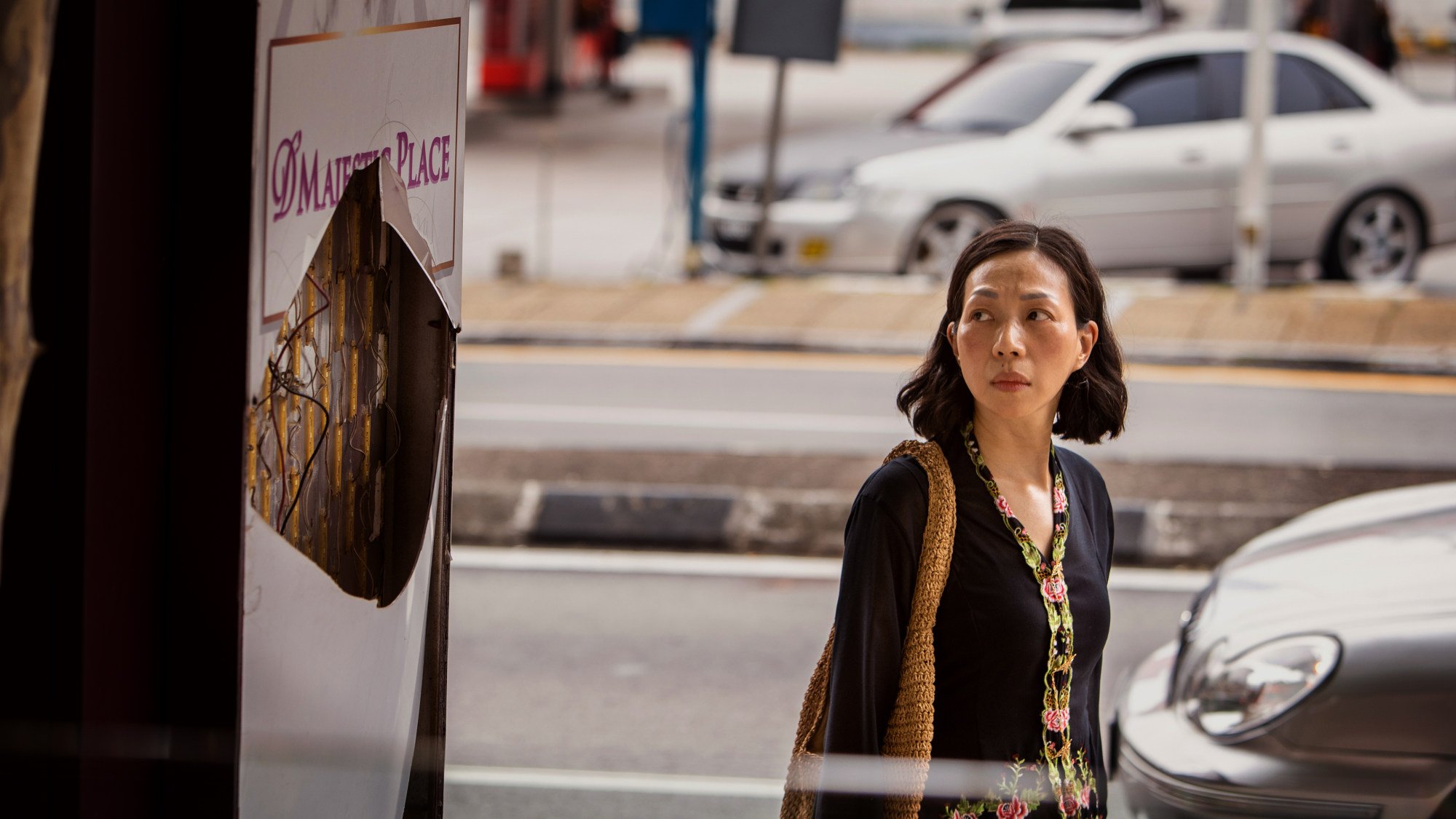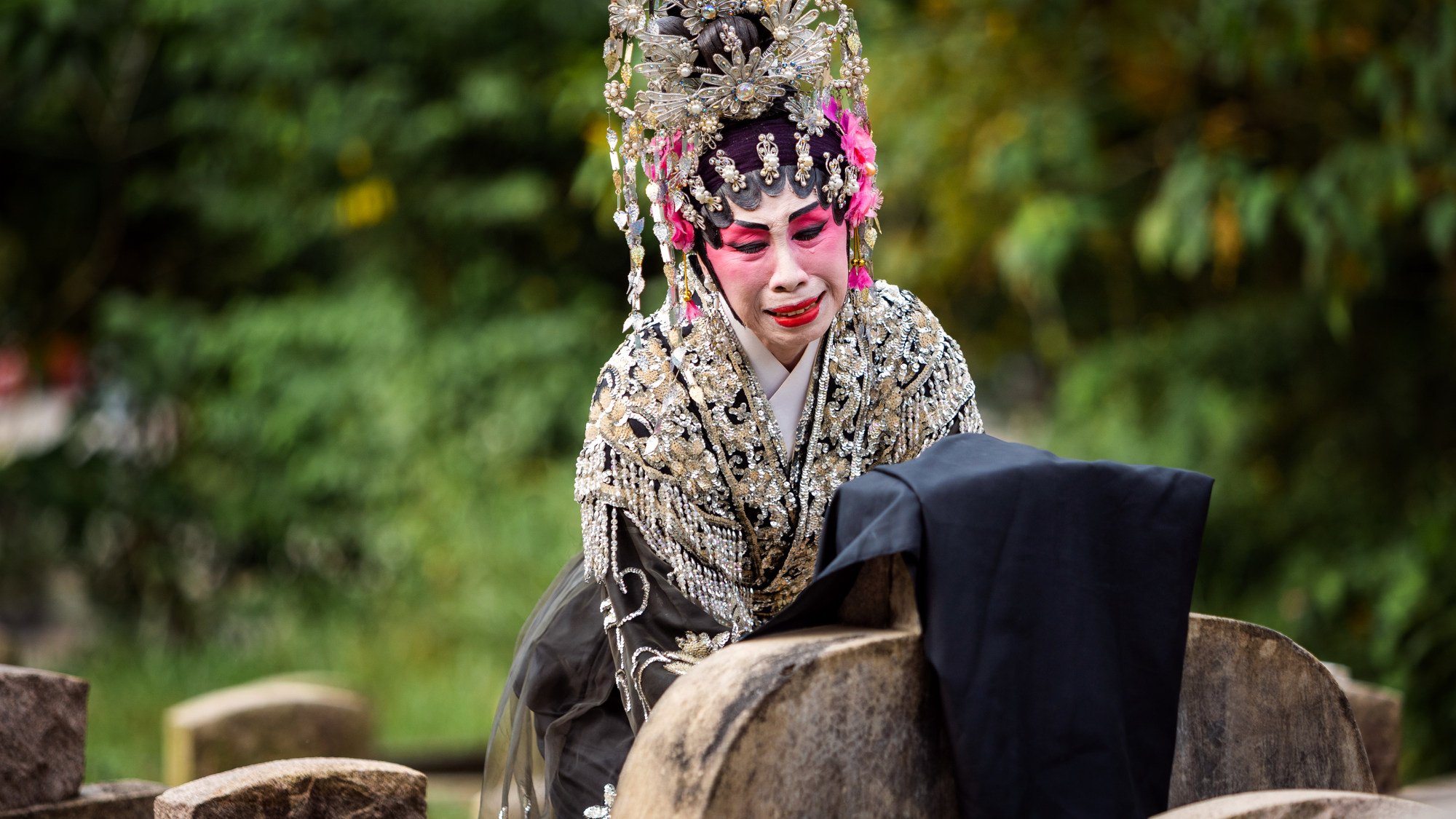
Why film on Malaysian history’s darkest day, Snow in Midsummer, about the deadly 1969 sectarian riots, was so hard to make
- On May 13, 1969, riots broke out in Kuala Lumpur that left as many as 600 civilians dead, mostly ethnic Chinese, with few who survived willing to talk about it
- Director Chong Keat Aun reveals the many challenges in making the film and how it is yet to pass Malaysia’s censors, despite having been shown worldwide
When Malaysian filmmaker Chong Keat Aun was young, his grandmother would make sure that he came home on time at night by warning him of a mysterious “513”.
“She’d say, ‘You better come home quickly. If you don’t come home and 513 happens again, you’ll lose your lives,’” Chong says. “As children, we only knew it as three numbers, so it was almost like this weird monster.”
Years later, he would discover that 513 referred to the darkest day in Malaysia’s history: May 13, 1969.
On that day, sectarian riots broke out in the capital, Kuala Lumpur, after the Democratic Action Party and Parti Gerakan – both mostly ethnically Chinese political parties – made gains in the general election against the governing coalition, the Alliance Party.
As tensions between ethnic Malays and non-Malays erupted, violent clashes left hundreds of civilians dead, with most being ethnic Chinese.
While official reports place the death toll at 196, other sources say the number is closer to 600.
The “May 13 incident” is the subject of Chong’s latest feature film, Snow in Midsummer.

Chong, who used to be a journalist and radio broadcaster, felt compelled to learn more about the May 13 incident in 2009 after someone told him about a mass grave of victims that was located at the back of a hill near the Sungai Buloh Hospital.
There, 118 people were buried, of which three were Malays, two were Indians and the rest were Chinese.
At the time, “we didn’t even know how to look for information,” Chong says, given the lack of public resources about the incident.

His original plan was to shoot a documentary on the incident, but he wasn’t able to do so because the family members he encountered – not just Chinese, but also Malays and Indians – were not willing to appear on camera.
“Everyone was like, ‘Don’t show my face, just record me.’ But there’s no way you can make a documentary with just audio recordings,” he says.
“They felt that the incident is already part of the past, and were worried that if they openly talked about it now, it would become a sensitive issue again.”
The tragedy remains an untouchable subject for many of the older generation, Chong says. Some are worried about triggering race-related tensions, while others are deterred from talking about the incident given the emotional pain, lack of open discussion and a lingering fear that it may happen again.
“Every time there’s a big election, my dad and mom will call and ask if I’ve bought rice, instant noodles and other foods to keep at home,” Chong says.
“They’re still worried that after the election, there will be disruption. They’re still stuck in that white terror. We [younger people] might not feel this way, but the elderly – those who are in their 70s or 80s – are still very scared.
“In reality, it might not be that dangerous, but it’s very hard to change their hesitance. And we don’t blame the elderly for feeling this way, because they actually experienced it.”

Given the limitations, Chong decided to make a feature-length film instead, but again came across several challenges.
He initially wanted to tell the stories of 14 different women who visited the cemetery – based on 14 real women who he had encountered and spoken to – but most of the Malaysian actresses he approached, who had to be of a certain age, pulled out after learning about the subject matter of the film.
So Chong decided to also look for actresses abroad. He narrowed the main characters down from 14 women, to nine, then to five, three and finally two people: Ah Eng (played by Taiwanese actress Wan Fang), who serves as an amalgamation of the 14 women’s experiences, and Dou E (played by Malaysian actress Pearlly Chua), a Yuan dynasty Chinese opera character.

The resulting film is a poetic drama that is split into two parts, with the first being set on May 13, 1969.
This section serves as a re-enactment of what occurred that day: a young Ah Eng (Lim Koet Yenn) and her mother (Pauline Tan) are watching a Chinese opera called Snow in Midsummer, which centres on a young widow named Dou E, when the performance is abruptly halted because of the riots.
The pair are able to seek refuge with the theatre troupe, but Ah Eng’s brother (Teoh Wei Hern) and father (Peter Yu), who went to watch the Taiwanese film Jilted at the Majestic Theatre, are not as lucky.
“We borrowed Dou E’s family separation to create parallels with the separation that caused and occurred on May 13 – we combined family tragedy with the country’s tragedy,” Chong says.

The second half of the film, which jumps to 2018, focuses on the middle-aged Ah Eng, who is still grief-stricken and searching for her lost family.
Given that Chong had spent so many years listening to the stories of the victims’ family members, he felt it was only right to emphasise them – the “scars of history” – as opposed to focusing on the political tensions and specific reasons behind why the incident happened.
“After interviewing all these women, I realised that these families’ stories, based on the aftermath of these historical events, were more important to me,” he says.
“I wanted to go in a different direction and make a film that shows a level of care for how these victims’ family members continued to live on for 30, 40 years, and their process of finding answers.
“This period of history has no [extensive] official government report, even now, so many of them have carried this heavy history their whole lives, and can’t find answers even up to the day they die.
“We might think, what is there to look for? But if we walk into their inner world to understand them – they just want an answer. They just want to know where their loved ones are buried, and at least have a sense of peace.”

“Of course, it’s up to government officials to decide when this period of history will be formally acknowledged,” Chong says. “So for us small individuals, we just hope to speak to and care for those affected, who are still living.”

